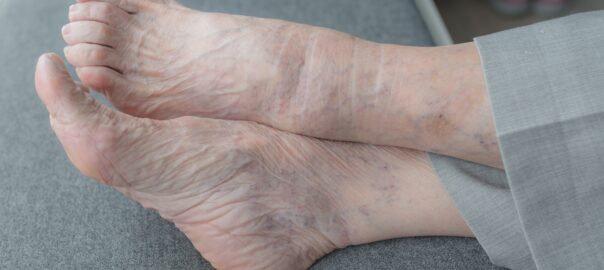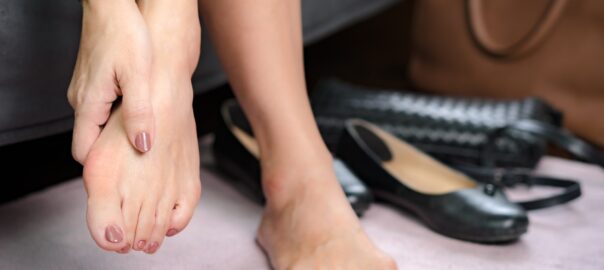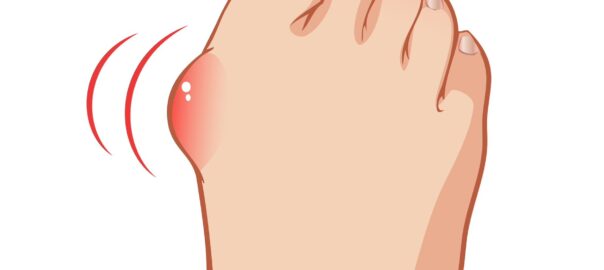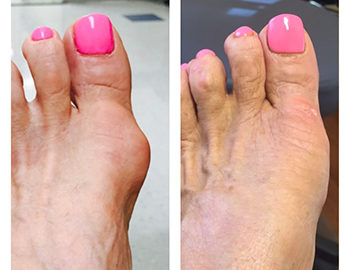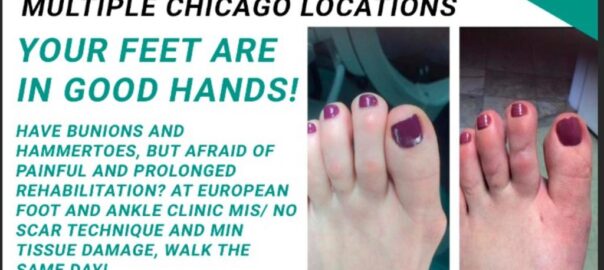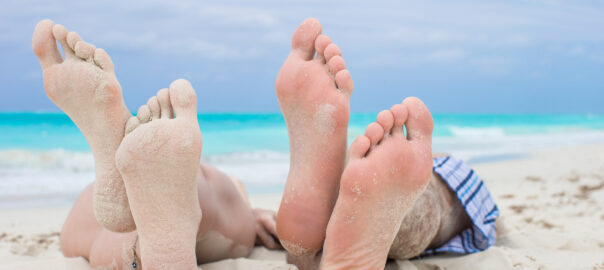6 Common Foot Problems
Podiatrists are doctors who treat foot and ankle conditions using conservative and, when necessary, surgical measures.
6 common foot problems:
- Athlete’s Foot: Athlete’s foot is a fungal infection that typically occurs between the toes. It causes itching, burning, and sometimes cracking of the skin. It’s contagious and can be spread through direct contact with infected surfaces.
- Plantar Fasciitis: Plantar fasciitis is a condition characterized by inflammation of the plantar fascia, a thick band of tissue that runs along the bottom of the foot. It often causes heel pain, especially in the morning or after prolonged periods of standing or walking.
- Bunions: A bunion is a bony bump that forms at the base of the big toe. It occurs when the big toe pushes against the adjacent toe, causing the joint to stick out and become painful. Bunions can be hereditary or caused by ill-fitting footwear.
- Ingrown Toenails: An ingrown toenail occurs when the edge of a toenail grows into the surrounding skin, causing pain, swelling, and sometimes infection. Poor nail-trimming technique and tight-fitting shoes can contribute to this problem.
- Corns and Calluses: Corns and calluses are areas of thickened, hardened skin that develop due to repeated friction or pressure. Corns are typically smaller and more focused, often appearing on the tops or sides of toes, while calluses are larger and tend to form on the soles of the feet.
- Heel Spurs: Heel spurs are bony growths that form on the heel bone, often as a result of long-term strain on the foot’s muscles and ligaments. They can cause sharp, intense heel pain, particularly when walking or standing.
It’s important to note that if you’re experiencing any foot problems, it’s advisable to contact Chicago podiatrist at 773-205-0106 for proper diagnosis and treatment.


